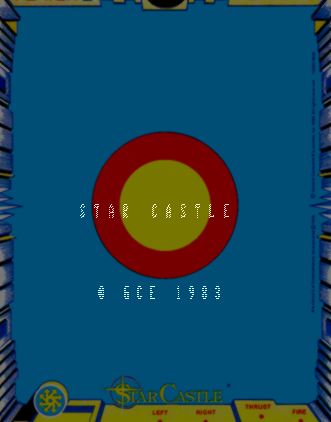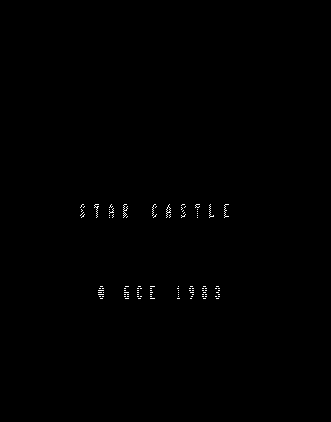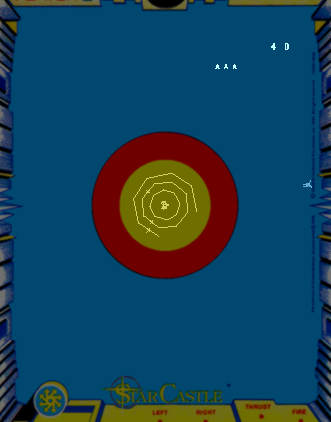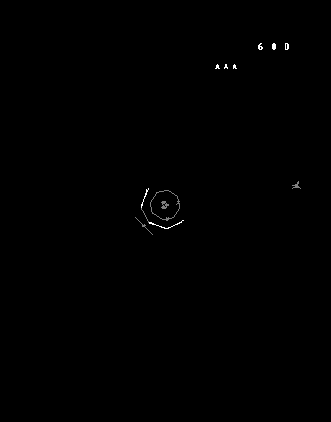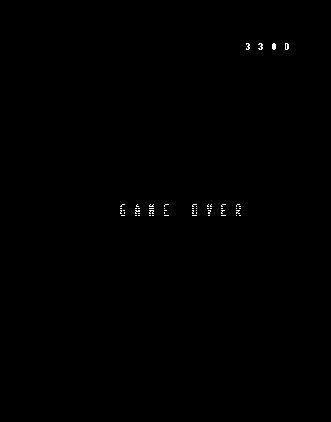Star Castle for Vectrex
VectrexGame controls in browser
Show Controller & SystemClick on the play vectrex game now button first to load the game into emulator. Control keys:
Star Castle
Online version of Star Castle for Vectrex. Star Castle is a vector graphics multidirectional shooter released in arcades by Cinematronics 1980. The game involves obliterating a series of defenses orbiting a stationary turret in the center of the screen. The display is black and white with the colors of the rings and screen provided by a transparent plastic screen overlay. Star Castle was designed by Tim Skelly and programmed by Scott Boden. A Vectrex port of Star Castle for was released in 1983. he object of Star Castle is to destroy an enemy cannon which sits in the center of three concentric, rotating energy shield rings while avoiding or destroying "mines" - enemies that spawn from the core, pass through the energy rings, and then home in on the player's ship. The player-controlled spaceship can rotate, thrust forward, and fire small projectiles...
Game details
Other platforms online
Star Castle is currently playable only in version for Vectrex.0%
rating (0 users voted)
Covers - Box Art
Vectrex console
Online emulated version of Star Castle was originally developed for Vectrex,
a vector display-based home video game console – the only one ever designed and released for the home market, developed by Smith Engineering.
It was first released for the North America market in November 1982 and then Europe and Japan in 1983. Originally manufactured by General Consumer Electronics,
it was later licensed to Milton Bradley after they acquired the company. Bandai released the system in Japan.
The Vectrex, in contrast to other video-game systems available at the time, featured an integrated monochrome CRT monitor and did not need to be hooked up to a
television set as it provided its own built-in display. A detachable wired control pad was mounted at, and could be folded into, the lower base of the console.
Games included translucent color sheet overlays that could be placed over the monochrome screen. A number of peripherals were produced,
such as a pair of 3D goggles known as the "3D Imager" and a "light-pen" that allowed the player to draw directly on the screen.
A built-in game, Mine Storm, was playable without inserting a cartridge.
Technical specifications: CPU: Motorola 68A09 @ 1.5 MHz, RAM: 1 KB (two 4-bit 2114 chips), ROM: 8 KB (one 8-bit 2363 chip), Cartridge ROM: 32 KB, MOS 6522 Versatile Interface Adapter (VIA), Sound: General Instrument AY-3-8912, MCU controlled sound, 3-inch electrodynamic paper cone speaker;

